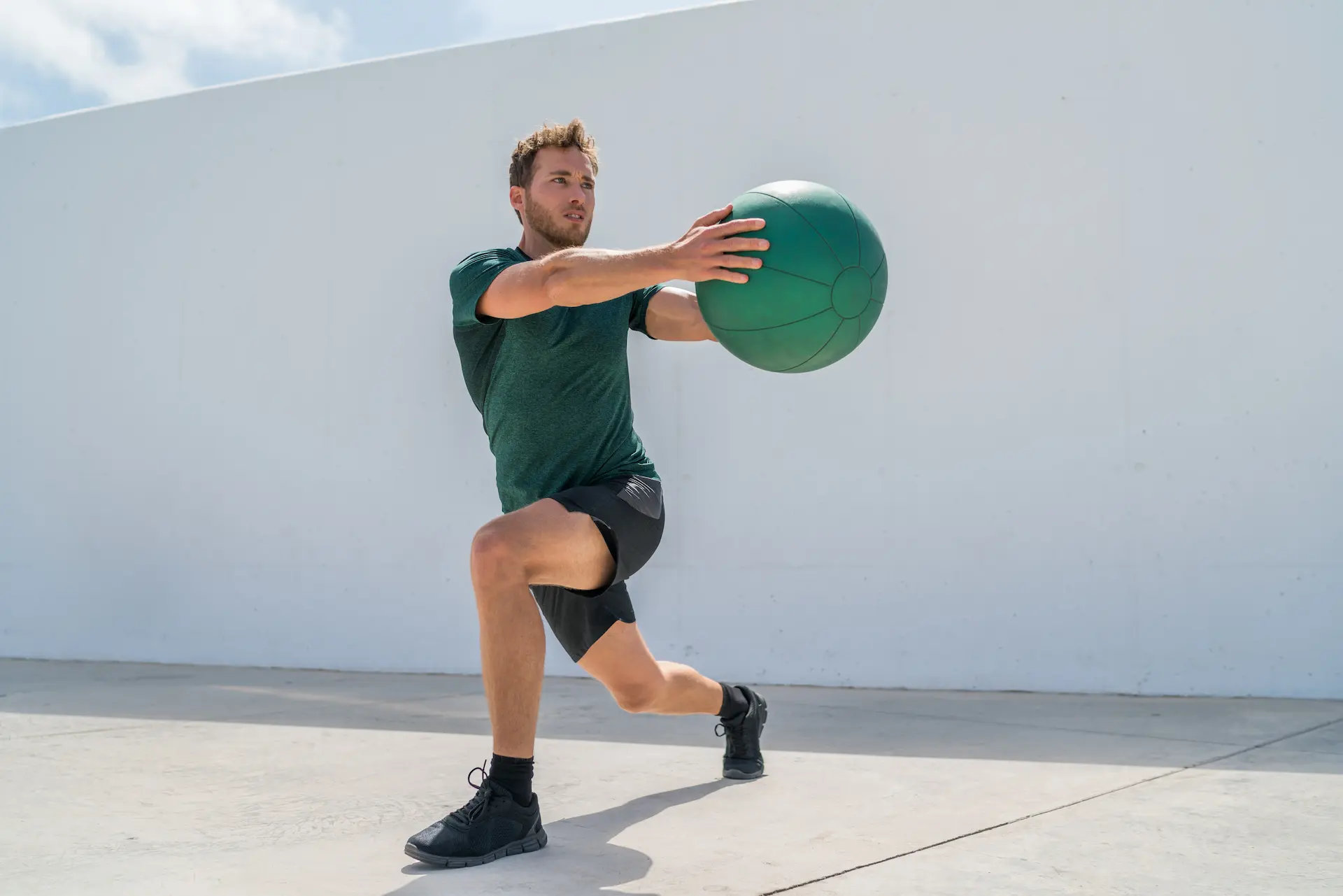
Basic Movement Patterns
Basic exercise movement patterns are exercise classifications that are the foundations of exercise selection.
Strength & Conditioning is the practical application of exercise prescription in order to improve the physical performance of athletes. For example, it focuses on strength and power training, aerobic and anaerobic development, movement quality, and speed enhancement.
As the world of strength and conditioning is very complex, our aim is to simplify the science so that coaches, athletes, and everybody else can understand how to use these training methods in order to optimise sports performance.

Basic exercise movement patterns are exercise classifications that are the foundations of exercise selection.
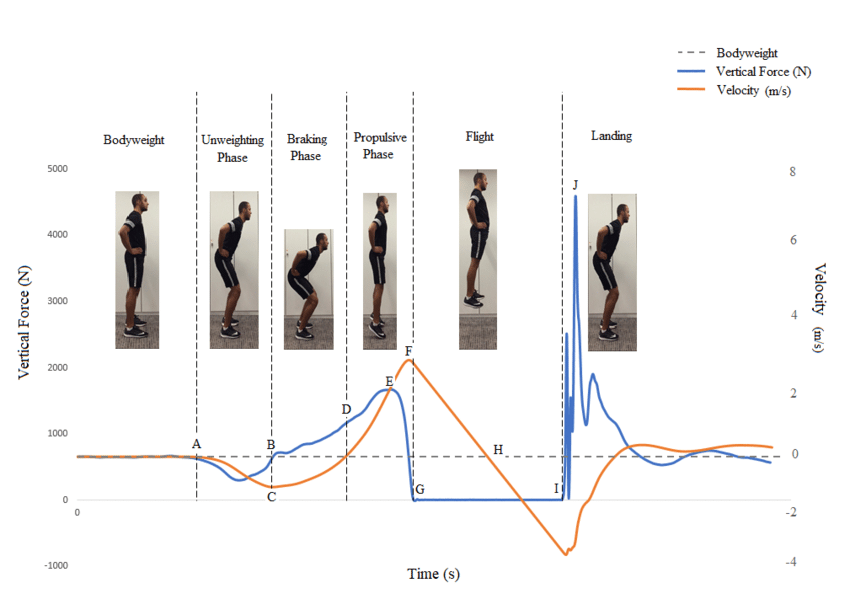
The countermovement jump (CMJ) is a simple, practical, valid, and very reliable measure of lower-body power.
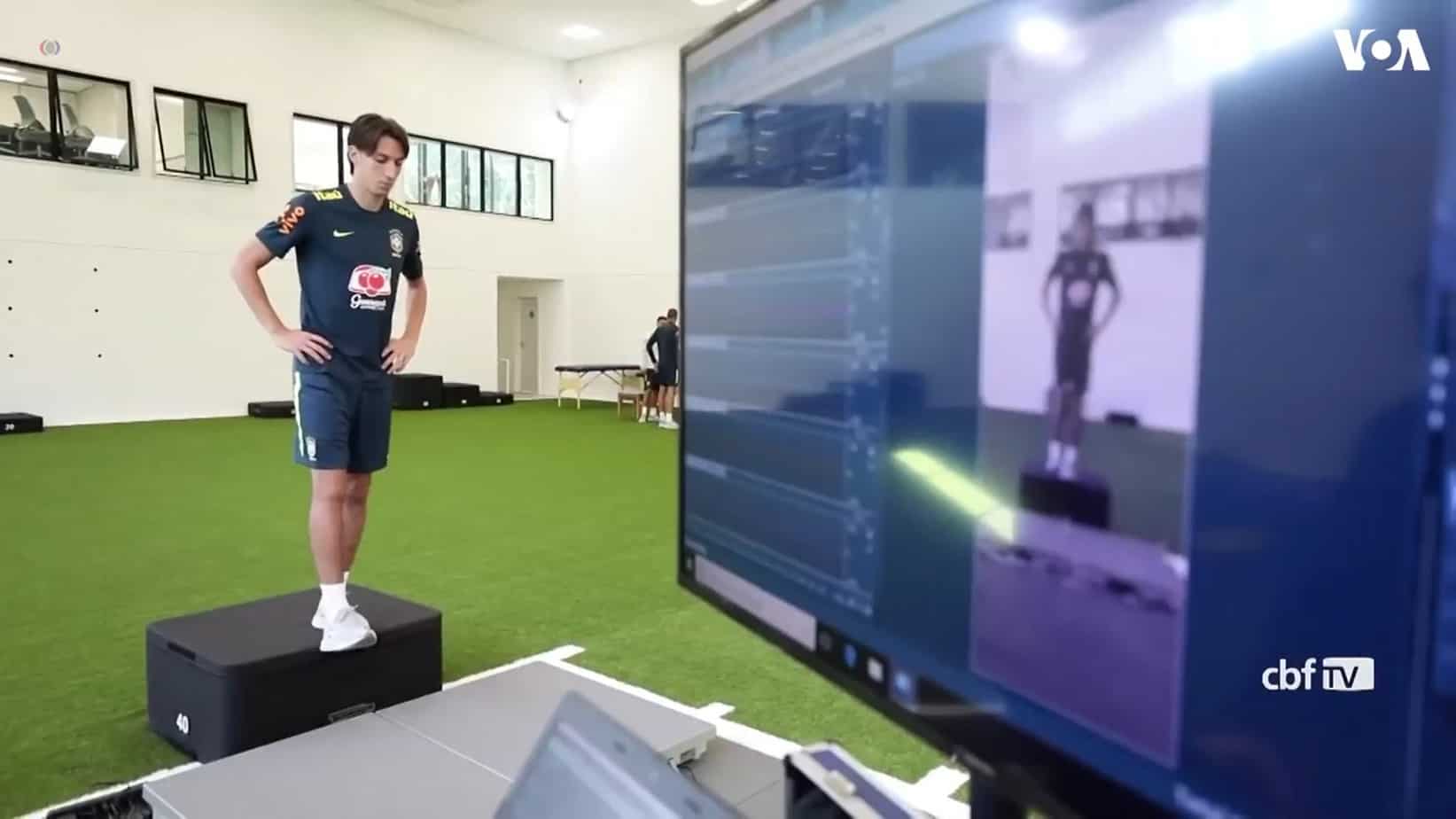
The reactive strength index measures the reactive jump capacity of athletes, and how they cope with the stress from plyometric exercises.
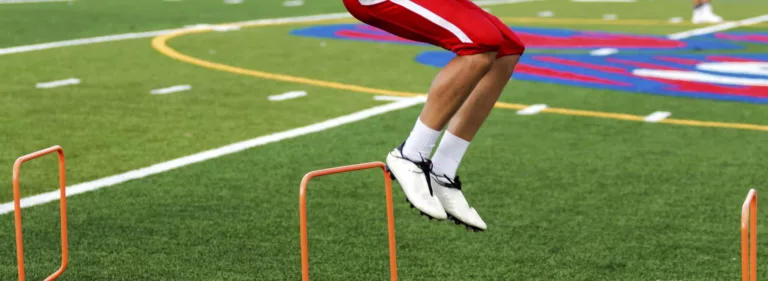
Plyometrics are often used to bridge the gap between strength and speed, and are a potent training method for enhancing athletic performance.
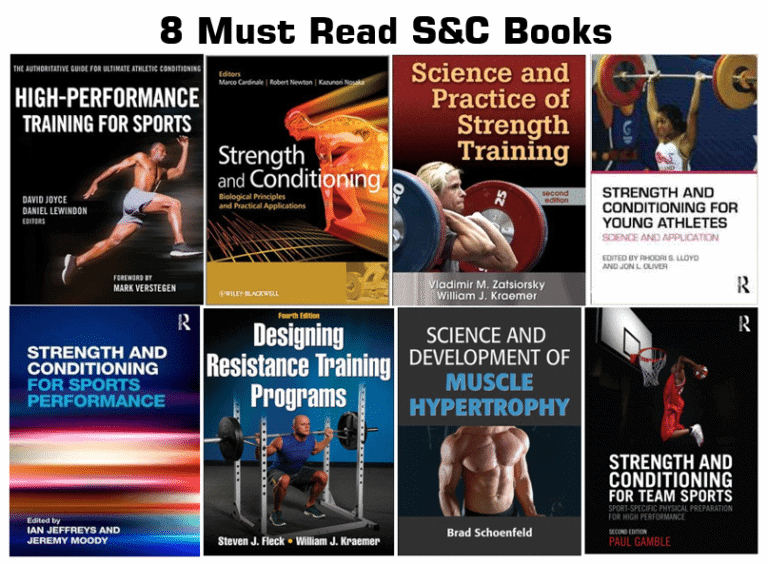
8 MUST READ S&C BOOKS: PART I This selection of S&C/sports science books is the ultimate starting place for any new coaches and practitioners. About these books If you want to become a … Read more
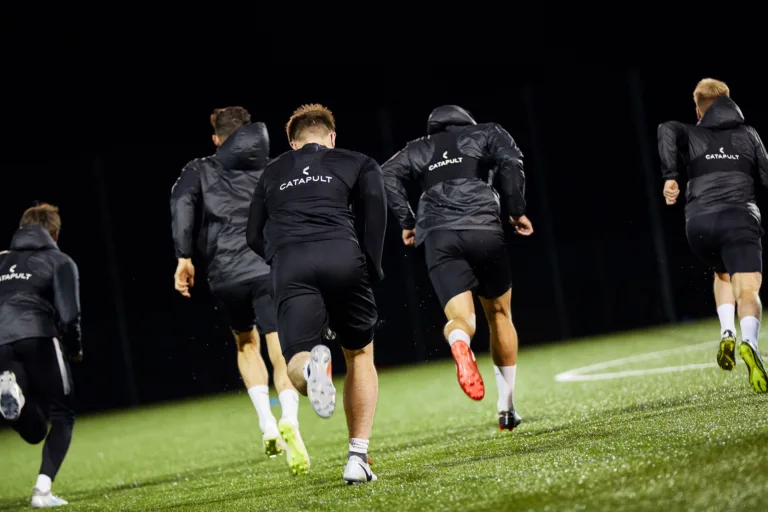
Maximal aerobic speed (MAS) is the lowest running speed at which VO2 max occurs, and is typically referred to as the ‘velocity at VO2 max’.

These are the most important fundamental studies every S&C coach needs to read if they’re truly serious about their career and development.
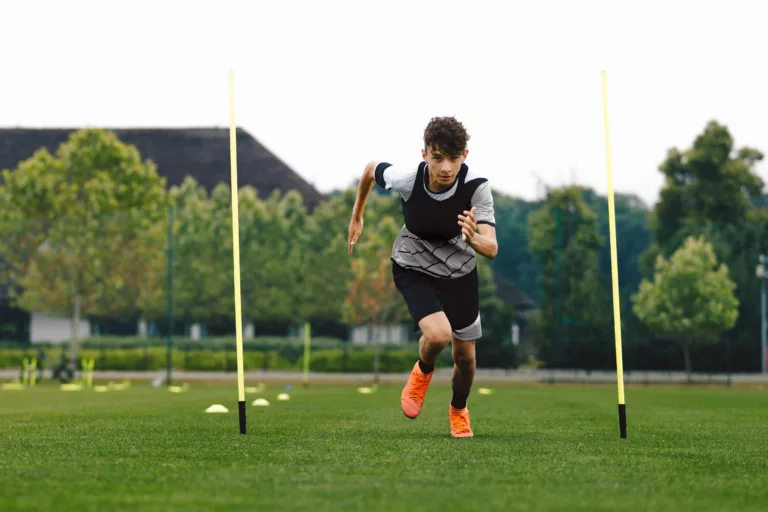
The 30-15 IFT measures aerobic and anaerobic capacity, change of direction qualities, and ability to recover during intermittent exercise.
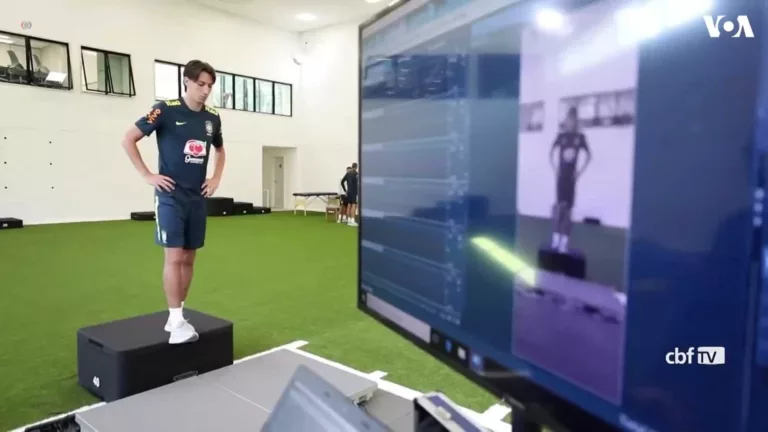
The reactive strength index measures the reactive jump capacity of athletes, and how they cope with the stress from plyometric exercises.
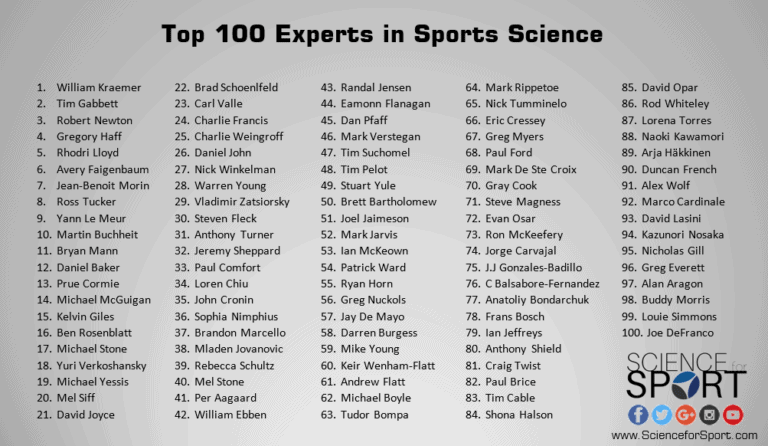
If you want to be a sports scientist, then you’d best get familiar with the work produced by this list of experts.
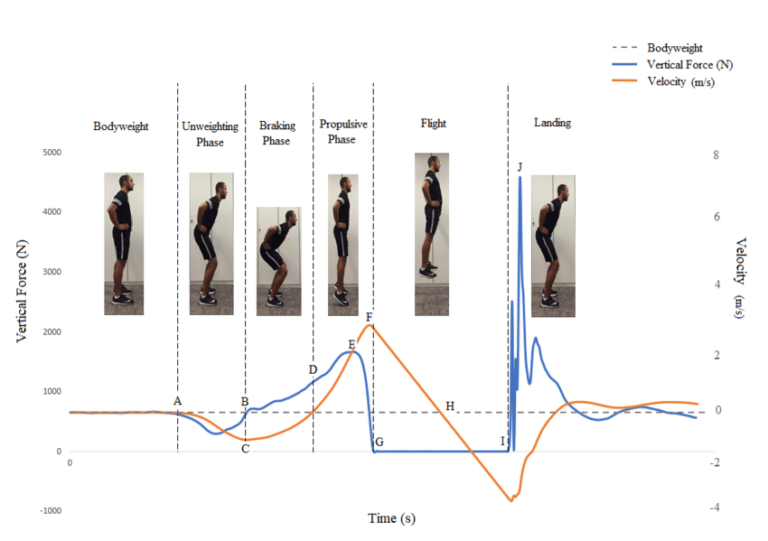
The countermovement jump (CMJ) is a simple, practical, valid, and very reliable measure of lower-body power.
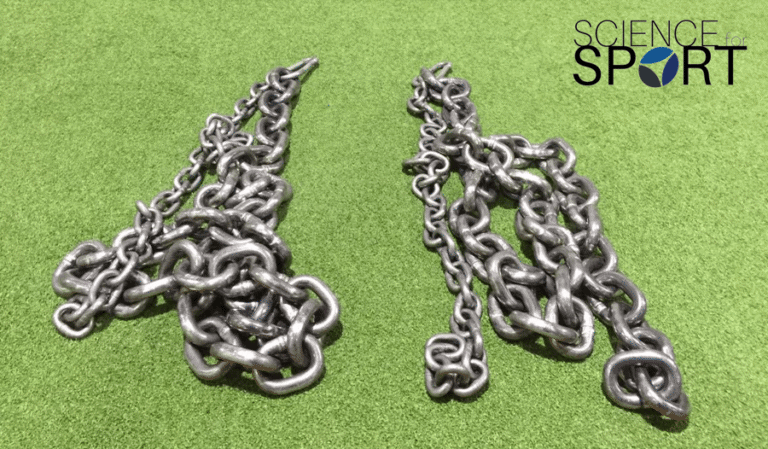
Although chain-resistance training has become popular among coaches and athletes, there’s still a lack of understanding as to how it works.

Training programmes using elastic bands have been shown to improve maximal strength and power after seven weeks.

A needs analysis is the process of determining what qualities are necessary for the athlete, the sport, or a combination of both.
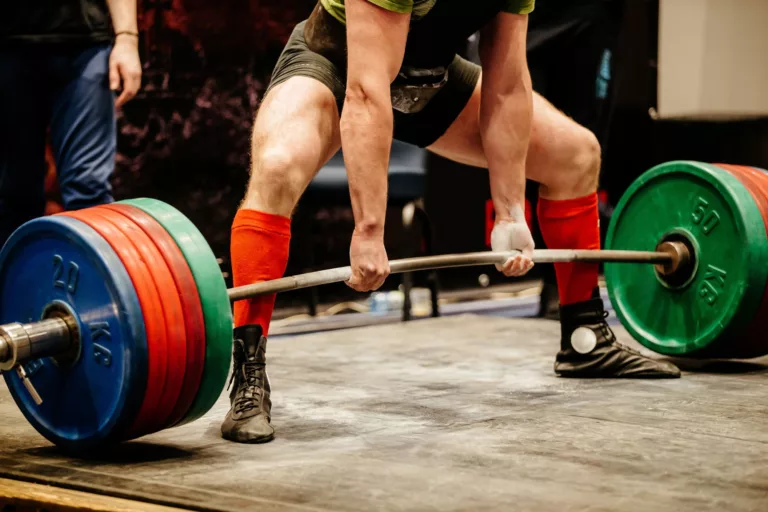
The 1RM test is often considered as the ‘gold standard’ for assessing the strength capacity of individuals in non-laboratory environments.
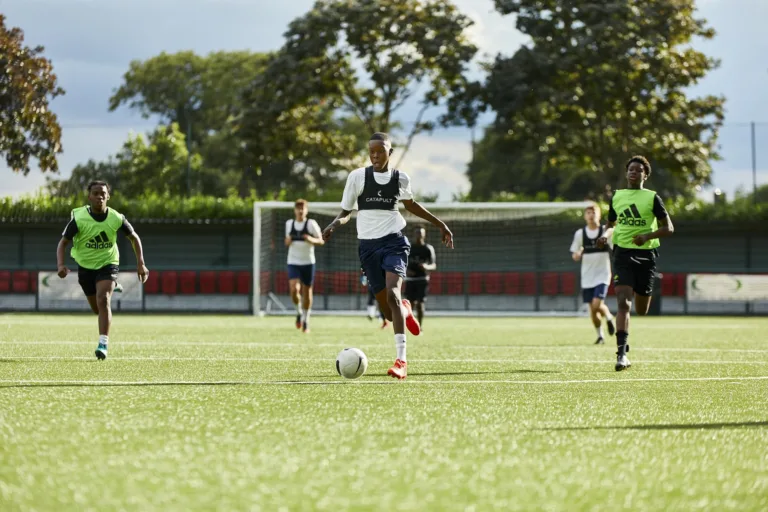
A well-planned warm-up can prepare athletes physically and mentally but also reduce the likelihood of injury and improve performance.
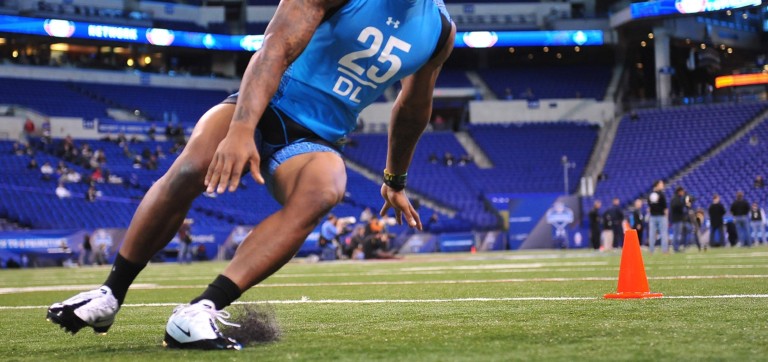
Agility is one of the most important physical traits in sport, but must not be confused with change of direction.
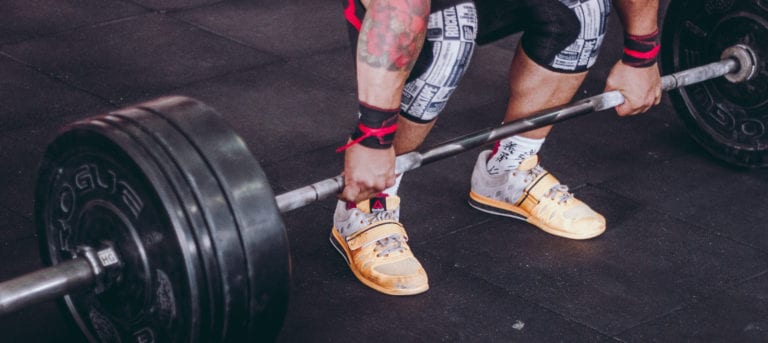
Olympic Weightlifting is a common component in strength and conditioning programmes and has been shown to enhance athletic performance.

Learn from a world-class coach how you can improve your athletes' agility. This course also includes a practical coaching guide to help you to design and deliver your own fun and engaging agility sessions.
Get Instant Access